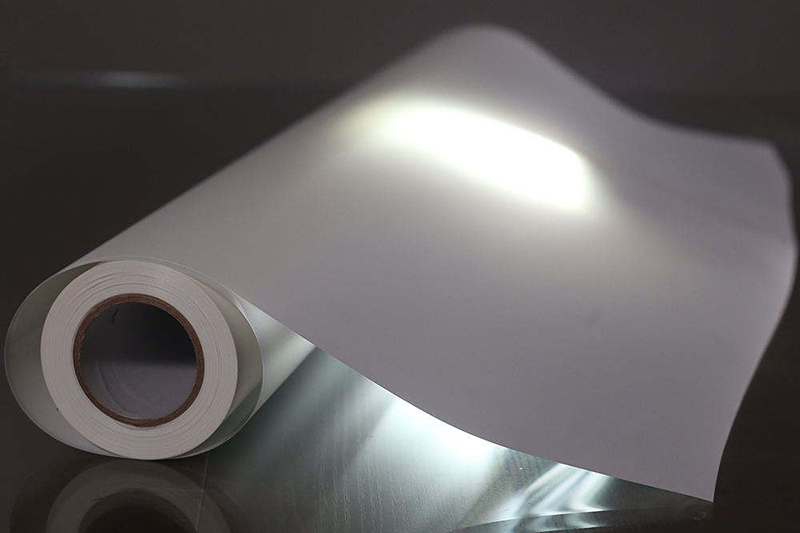PET backlit film, a versatile material often used in light box displays, is renowned for its durability and image quality. However, its performance can be significantly influenced by environmental factors such as humidity and temperature. Understanding these effects is crucial for ensuring the longevity and optimal performance of light box displays.

Impact of Humidity
Dimensional Changes: High humidity levels can cause PET backlit film to absorb moisture, leading to dimensional changes. The film may expand slightly, potentially causing wrinkles or distortions in the image.
Adhesion Issues: Excessive moisture can weaken the adhesive bond between the film and the frame or lightbox, resulting in peeling or delamination.
Mold and Mildew Growth: In humid environments, mold and mildew can grow on the surface of the film, degrading the image quality and potentially causing discoloration.
Impact of Temperature
Thermal Expansion: High temperatures can cause the PET backlit film to expand, leading to similar issues as those caused by high humidity, such as wrinkles and distortions.
Thermal Contraction: Conversely, low temperatures can cause the film to contract, potentially resulting in cracking or delamination.
Adhesive Performance: Extreme temperatures can affect the adhesive's performance, weakening the bond between the film and the substrate.
Preventive Measures
Climate Control: Maintain a stable indoor environment with moderate temperature and humidity levels to minimize the impact of these factors on the PET backlit film.
Proper Installation: Ensure the film is installed correctly, with minimal tension and using a high-quality adhesive.
Regular Inspection: Regularly inspect the light box for signs of damage, such as wrinkles, bubbles, or discoloration.
Protective Coating: Consider applying a protective coating to the film to enhance its resistance to moisture, UV rays, and other environmental factors.
High-Quality Materials: Choose high-quality PET backlit film from reputable manufacturers to ensure optimal performance and durability.
Choosing the Right PET Backlit Film
When selecting PET backlit film for your light box display, consider the following factors:
Temperature Range: Choose a film with a wide operating temperature range to accommodate varying environmental conditions.
Humidity Resistance: Select a film that is specifically designed to resist moisture and humidity.
UV Resistance: Opt for a film with excellent UV resistance to prevent color fading and degradation.
Dimensional Stability: Choose a film with high dimensional stability to minimize the risk of wrinkles, distortions, or shrinkage.
PET backlit film is a durable and versatile material for light box displays, but its performance can be affected by environmental factors such as humidity and temperature. By understanding these effects and taking appropriate preventive measures, you can ensure the longevity and optimal performance of your light box displays. Proper installation, regular maintenance, and the selection of high-quality materials are essential for achieving the best results.
